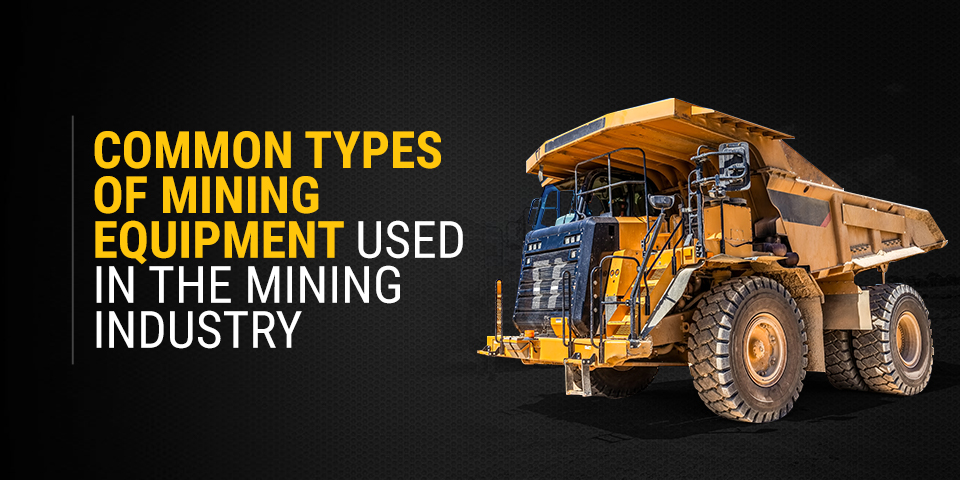BOOM TRUK OPERATING
TASK TRAINING GUIDELINES
BOOM-TRUCK OPERATION
1. Instructor needs to obtain a pre-operational inspection sheet. Then the instructor and trainee need to inspect the Boom-Truck using this sheet. All items on the sheet should be covered and explained to the trainee. After trainee understands the inspection and everything checks out, go to the next step.
2. OPERATION
Instructor needs to explain what all control levers and devices are for. Then have the trainee operate the Boom-Truck in an out-of-the-way location.
3. SAFETY RULES FOR OPERATION
a. Identify all load charts to the trainee and explain what each is for.
b. Operator should also know the proper hand signals. It is important for operator and signal man to know what signals they will use.
c. Always appoint one signal man and put him in charge of clearing the area for the lift.
d. Operator should make sure all rigging used in making a lift is suitable to handle the load.
e. As with any crane, the operator is in charge. If he does not feel that the lift can be made safely, he should not attempt the lift until all conditions are corrected.
f. When lifting or moving a load, a tag line should be used to control the load.
g. NEVER swing or lift a load over other personnel’s head.
h. No load that is rated higher than the capacity of the Boom-Truck should ever be attempted. This can result in machine damage or injury to personnel.
4. BOOM-TRUCK SAFETY FOR THE OPERATOR
Since the Boom-Truck does not have a cab for the operator to sit in, these items should always be observed:
a. The Boom will always be off to the side of the operator, or at times directly over his head. The operator needs to be aware of this when swinging a load.
b. The operator needs to try and set the Boom-Truck up where all lifts or any swinging operations are away from him.
c. During and before operation starts, the operator should inspect pins where the boom attaches to the main frame of the boom. Any slack in these pins could result in boom movement and possible lift cylinder failure. This has occurred- During a lift, the operator tried to swing at the same time. This resulted in the boom pin breaking, letting the Boom cock to one side and causing the lift cylinder rod to break, allowing the boom to fall. No personnel were injured. Therefore, always pay close attention to the boom during operation. Do not put any stress on the boom that you feel is UNSAFE.
5. MOVEMENT OF BOOM-TRUCK AFTER OPERATION
a. Bring all boom extensions back in. Place the boom in the stand. The block should be secure to the stand also.
b. Retract all outriggers and stabilizers and disengage PTO. Now the truck is ready to be moved following all safety rules and road signs.
6. After the Trainee has been Task Trained, a MSHA 5000-23 form needs to be properly filled out and a copy given to the employee and his supervisor.
Thanks, LG



